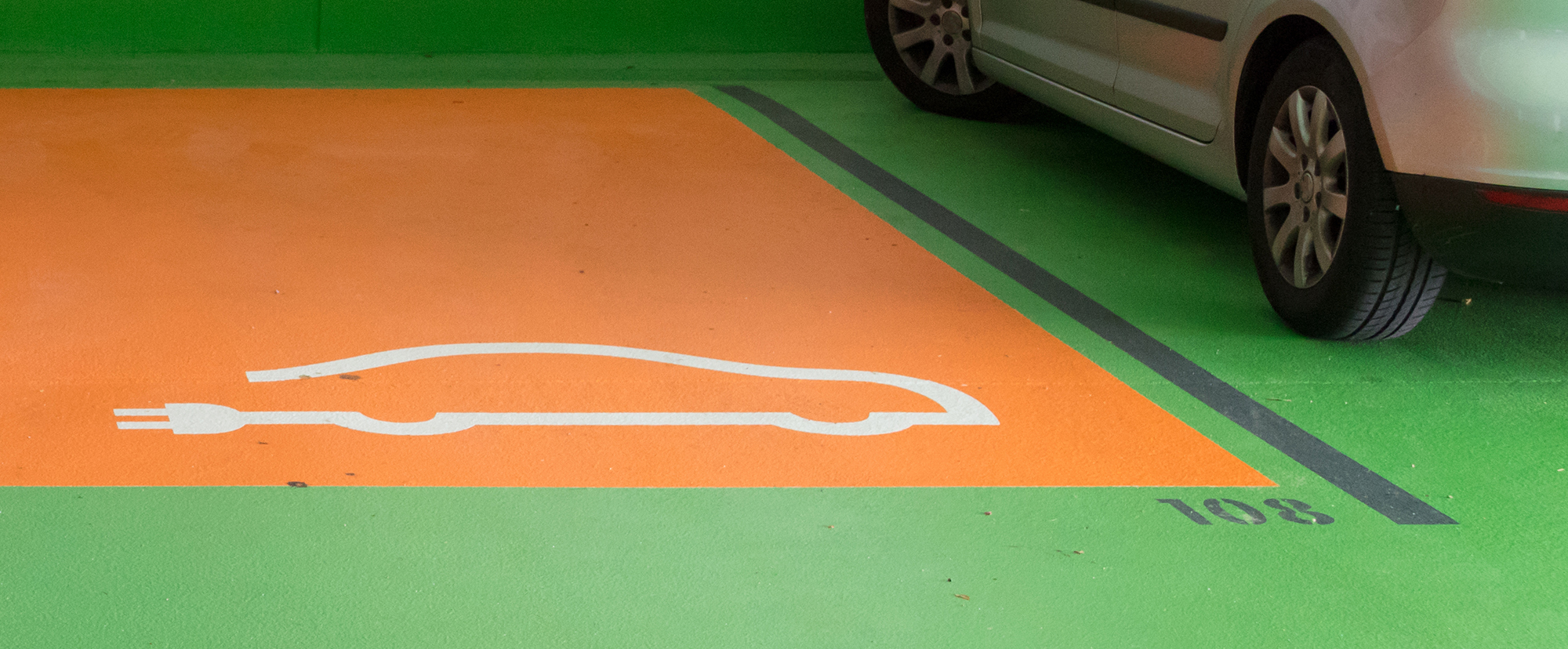

EV Drivers Are Looking for Your Facilities
You might be thinking, it makes sense for c-stores, gas stations, and retailers. But companies across all industries can benefit from installing electric vehicle (EV) charging stations. And all companies should. Why? Because in just 10 years, it’s projected that EV charging will need to be a standard building feature to meet demand (source).
Is EV charging right for my facility?
Early adopters have seen plenty of benefits including heightened brand awareness and image, brand loyalty, and increased revenue. But perhaps most enticing are the financial benefits. As the government is more focused than ever on net zero initiatives, it is incentivizing buyers who make the shift to the EV market as well as commercial facilities that install EV charging equipment.
Buyers do not need much prodding. In fact, many consumers are already eco-minded, and thanks to Covid-19, more are relying on private versus public transit. That means as more EVs make their way on the road, more charging infrastructure is required. Simply put, EV drivers are specifically searching for your facilities. And with tax incentives, rebates, and grants, it is more affordable than you might think to accommodate them.
Preparing for EV charging installation
Of course, it takes time and planning to provide for electric vehicles. Installation can be complex and require expertise in a multitude of trades. That is why it is best to consult with a contractor experienced in managing diverse, multi-phase projects. Your contractor partner can help you navigate the process including, but not limited to:
- Planning – Before proceeding check municipal permit requirements and, if necessary, receive approval from the property manager.
- Strategy – Determine who will have access to the charging stalls and whether to offer paid or free charging (paid charging requires networking service). Accessibility will help determine location; but, if possible, placing charging equipment near existing power service will reduce cost and installation time. A level, paved, and well-lit parking lot is important. Avoid low-lying areas prone to ponding or flooding. In cold regions, consider covering EV stalls with a canopy or installing heated pavement to keep the area clear of snow.
- Equipment – For commercial properties, a mix of Level 1 (110/120 volts) and Level 2 (208/240 volts) units is often recommended; however, if the site is in a high-traffic area, Level 3 or DC fast charging units may be considered. Before selecting, get advice from a contractor who is knowledgeable in EV equipment and has strong relationships with key EV system manufacturers.
- Site Preparation – Asphalt and concrete removal occurs first. Next, a dependent level of ground-work must occur to accommodate utilities. Following this, an electrical contractor will perform the necessary services of connecting the systems to the power source.
- Installation – Chargers can be mounted on the wall or on concrete pads. Adding protective barriers or bollards are recommended to protect charging equipment from vehicles.
- Signs & Markings – Make sure your EV stalls are well designated and easily accessible with proper signage and pavement markings, which can be customized with your brand colors and logo. It’s also possible to add your brand to the port itself as well promote your company and/or sell advertising on ports equipped with LED screens.
Lead the Charge
Let’s Pave is uniquely positioned and eager to help your EV charging station installation, anywhere in the nation. Our expert teams have decades of experience managing turnkey, program installations with minimal downtime. Contact Let’s Pave for a free assessment and quote.



